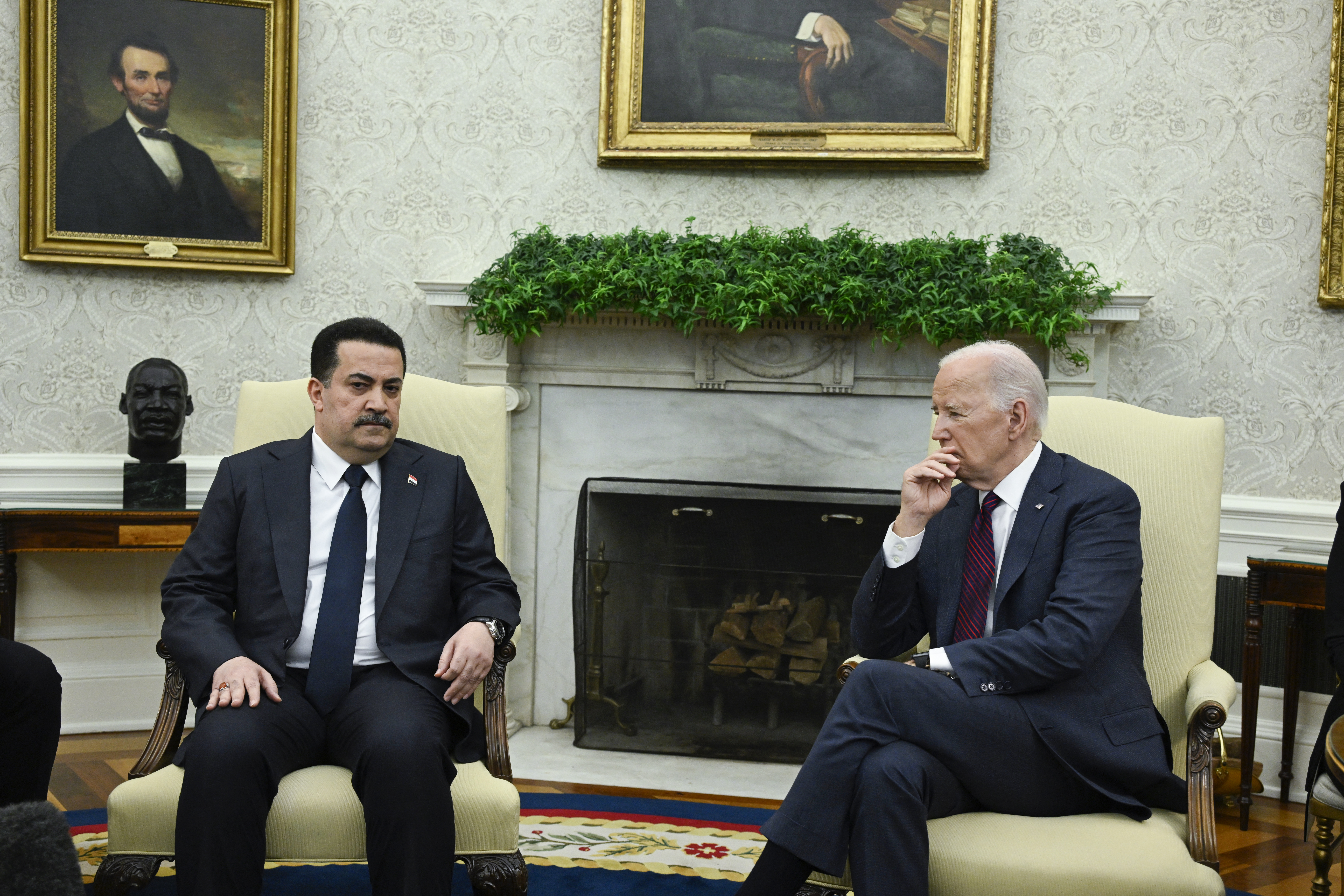Deaths in Iran’s notorious prisons on the rise

Iranian President Hassan Rouhani continues to project himself as a defender of human and women’s rights, while evidence on the ground points to the opposite being true.
The number of political prisoners being found dead in suspicious circumstances in Iran’s prisons is on the rise. The latest incident was the case of political prisoner Alireza Shirmohammadali, who was reportedly stabbed to death in the Greater Tehran Central Penitentiary last week. A source told the Center for Human Rights in Iran that “prisoners in the ward said he had been stabbed so many times that he died before the prison guards got to the scene.”
He was arrested on July 15, 2018, over messages he had posted on social media. Ambiguous charges were brought against him, including “insulting sacred religious beliefs,” “insulting the supreme leader” and “propaganda against the state.” The charge of insulting Supreme Leader Ali Khamenei can carry the death penalty. The Iranian authorities use such harsh penalties to inspire fear in society and deter people from criticizing the regime and its officials.
Shirmohammadali was only 21 years old and was on a hunger strike when he was killed. Prior to his death, he detailed the conditions of the prison in a letter written in Persian. He wrote: “We went on a hunger strike because of the lack of facilities and threats to personal safety inside the prison… The safety of our lives is of no concern to the prison authorities… Just yesterday, Reza Haghverdi, one of the prison officers, told us very directly that our hunger strike is going to end with death certificates… We have asked the authorities to look into our requests many times but they have not done so.”
Iran is obliged to keep prisoners in different sections based on the severity of their crimes and their prior records. Article 69 of the prisons organization’s regulations states that: “All convicts, upon being admitted to walled prisons or rehabilitation centers, will be separated based on the type and duration of their sentence, prior record, character, morals and behavior, in accordance with decisions made by the Prisoners Classification Council.” But Shirmohammadali was with inmates who had been convicted of severe violent crimes, such as murder.
Shirmohammadali’s case is not an isolated one. During last year’s widespread anti-regime protests, Vahid Heydari, a street peddler, was arrested. According to state-owned media outlets, the 22-year-old died in police custody. His death stirred anger among many Iranians, who expressed their feelings on social media. Later, the authorities announced that Heydari had killed himself in prison.
Another young prisoner to die in 2018 was Sina Ghanbari, a 23-year-old student. According to the Iranian regime, Ghanbari hanged himself in a bathroom in Evin Prison, which is the country’s most notorious jail.
Saru Ghahremani, a 24-year-old Iranian Kurd, was found dead in the city of Sanandaj. His death prompted Iranian actress Bahareh Rahnama to write on Twitter: “This kid was neither political nor a protester, nor a rebel, nor an outlaw, he had simple but big wishes for himself: Like making his mother happy! Why should he be killed?”
The regime generally brushes off the deaths of detainees and prisoners as suicides without providing any credible evidence. Such deaths in police custody or prison appear to have become the norm in Iran. Another individual who faced the same tragedy was Iranian-Canadian environmentalist Kavous Seyed-Emami, who allegedly committed suicide in prison due to the evidence of spying against him.
It should be noted that these are only the cases of deaths and suicides that have been reported by the Iranian authorities. The actual number of people dying in Iranian prisons is most likely much higher.
The regime claims that its prisons are kept in good condition in order to protect the prisoners’ human rights. The authorities also often give prison tours to foreign politicians and diplomats, but these are mainly PR stunts because the locations shown off on the tours are cherry-picked. According to Amnesty International and other human rights organizations, Iran’s prisons are overcrowded, unhygienic and violent.
Prisoners generally do not have access to safe drinking water, medical care, food or fresh air, and they are exposed to infectious disease. Denying access to lawyers, being forced to confess, and being subjected to systematic torture are among the other methods practiced across Iran’s prisons.
In a nutshell, more and more people are being killed in Iran’s prisons. This should cause alarm in the international community and particularly the UN Human Rights Council, whose duty it is to prevent such atrocities and promote human rights. Instead of appeasing the Iranian regime, the EU must also hold Tehran accountable.

